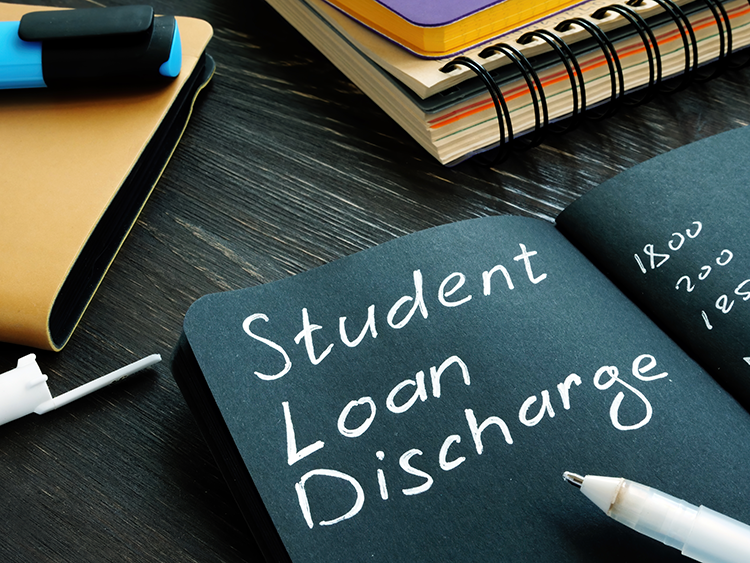'Undue hardship' is too strict a standard to discharge student loans in bankruptcy, ABA argues

Image from Shutterstock.
The House of Delegates passed a resolution at the ABA Hybrid Annual Meeting on Tuesday urging Congress to amend the U.S. Bankruptcy Code to allow borrowers to discharge student loans without proving that repayment of the debt imposes an “undue hardship” on them or their dependents.
In introducing Resolution 512, Christopher Jennison, the Maryland State Bar Association delegate and Young Lawyers Division assembly speaker, said that “student debt is a real and present crisis.”
He pointed out that the Young Lawyers Division brought a previous resolution to the midyear meeting in February that urges Congress and the Executive Branch to develop and implement programs to help law students and graduates who are experiencing financial hardship because of their loan obligations. He told the House, which approved the resolution, to consider this measure as the next logical step.
“While there are other policy solutions to address the underlying cause of high student debt and the high cost of legal education, it is imperative to create a lifeline” for those lawyers who are now facing insurmountable student loan debt, Jennison said.
In 2019, more than 44 million borrowers owed more than $1.5 trillion in student loan debt, according to data from the Federal Reserve cited in the report accompanying the resolution. It was the second-highest consumer debt category, behind only mortgages.
Student loans were treated differently from other dischargeable debt after Congress passed the Education Amendments Act of 1976, which prohibited borrowers from discharging these types of loans in bankruptcy for the first five years of their repayment unless they could establish undue hardship.
The Student Loan Default Prevention Initiative Act of 1990 extended the student loan discharge exception to seven years and the Higher Education Amendments Act of 1998 amended the Bankruptcy Code so that federally guaranteed student loans could not be discharged at all unless the borrower could prove undue hardship.
Interpretation of what constitutes an undue hardship has fallen to the federal courts, which have disagreed over what borrowers must do to prove they meet this threshold, the report accompanying the resolution says. In addition to other factors, most courts have said borrowers must prove they cannot maintain a minimal standard of living for themselves or their dependents if they repay their student loans.
In also supporting the resolution, Aaron Sohaski, director of student loan debt and financial wellness for the Young Lawyers Division, said that even though it is not impossible to discharge student loan debt in bankruptcy, the process imposes an unnecessary challenge for lawyers with significant amounts of debt.
“Like anyone faced with a personal decision to file for bankruptcy, lawyers choose this option as a last resort and the undue hardship threshold makes this difficult task even harder,” Sohaski said. “Many student borrowers recognize they won’t be able to find success and, therefore, they won’t even try.”
Several legislators have sought to address this issue in recent years. Sen. Dick Durbin, a Democrat from Illinois, and Rep. Jerrold Nadler, a Democrat from New York, introduced the Student Borrower Bankruptcy Relief Act of 2019. Rep. John Katko, a Republican from New York, introduced the Discharge Student Loans in Bankruptcy Act of 2019. Both failed to pass, however.
In early August, Durbin and Republican Sen. John Cornyn of Texas introduced the Fresh Start Through Bankruptcy Act of 2021. The bipartisan bill would allow federal student loans to be discharged without an undue-hardship showing once borrowers have been in repayment for at least 10 years.
Resolution 512 was co-sponsored by the Young Lawyers Division, Law Student Division and Standing Committee on Paralegals. They proposed an earlier version at the midyear meeting in February but withdrew it from consideration.
Follow along with the ABA Journal’s coverage of the 2021 ABA Hybrid Annual Meeting here.



